I’m from Norway, but I live in Bangkok, Thailand. Before I started VHDLwhiz, I worked as an FPGA engineer in the defense industry. I earned my master’s degree in informatics at the University of Oslo.
Similar Posts
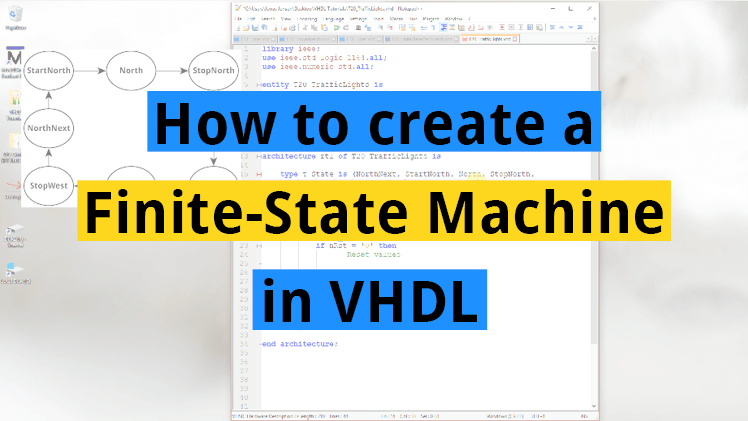
How to create a finite-state machine in VHDL
A finite-state machine (FSM) is a mechanism whose output is dependent not only on the current state of the input, but also on past input and output values. Whenever you need to create some sort of time-dependent algorithm in VHDL, or if you are faced with the problem of implementing a computer program in an…
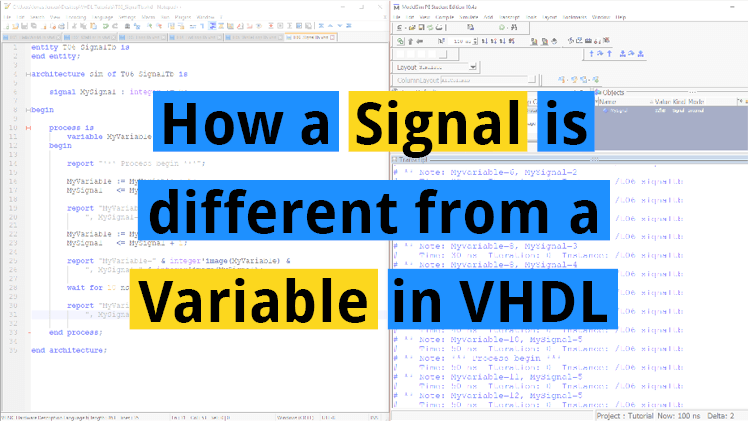
How a signal is different from a variable in VHDL
In the previous tutorial we learned how to declare a variable in a process. Variables are good for creating algorithms within a process, but they are not accessible to the outside world. If a scope of a variable is only within a single process, how can it interact with any other logic? The solution for…
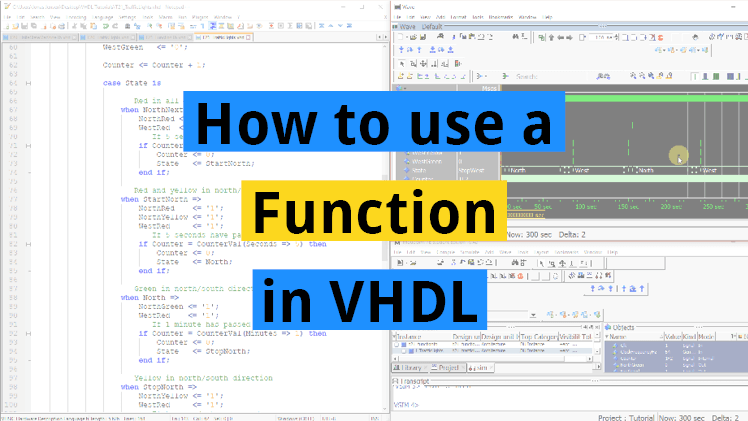
How to use a function in VHDL
Functions are subprograms in VHDL which can be used for implementing frequently used algorithms. A function takes zero or more input values, and it always returns a value. In addition to the return value, what sets a function apart from a procedure, is that it cannot contain Wait-statements. This means that functions always consume zero…
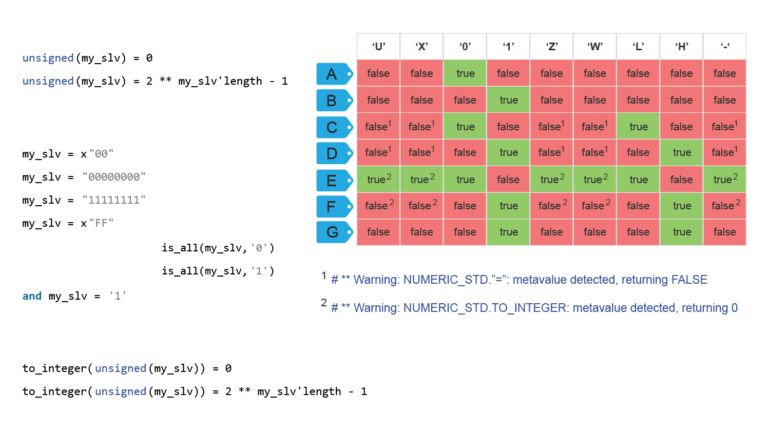
How to check if a vector is all zeros or ones
I know that I have googled this at least a hundred times throughout my career as an FPGA engineer; how to check if all bits in a std_logic_vector signal are ‘0’ or ‘1’. Of course, you know a few ways to do it already, but you want to find the most elegant code that will…
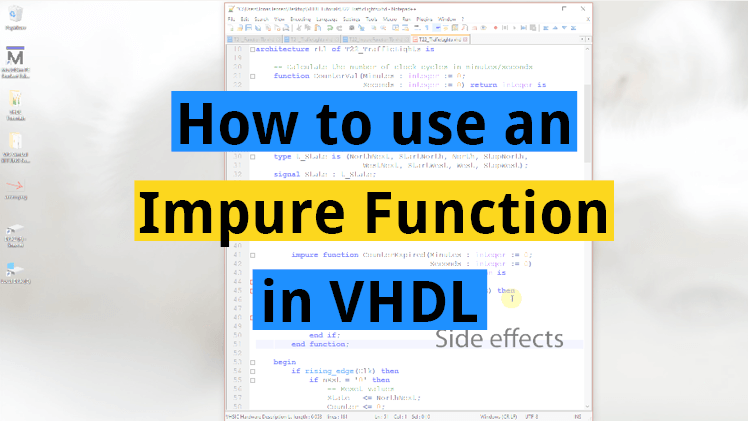
How to use an impure function in VHDL
An impure function can read or write any signal within its scope, also those that are not on the parameter list. We say that the function has side effects. What we mean by “side effects” is that it is not guaranteed that the function will return the same value every time it is called with…
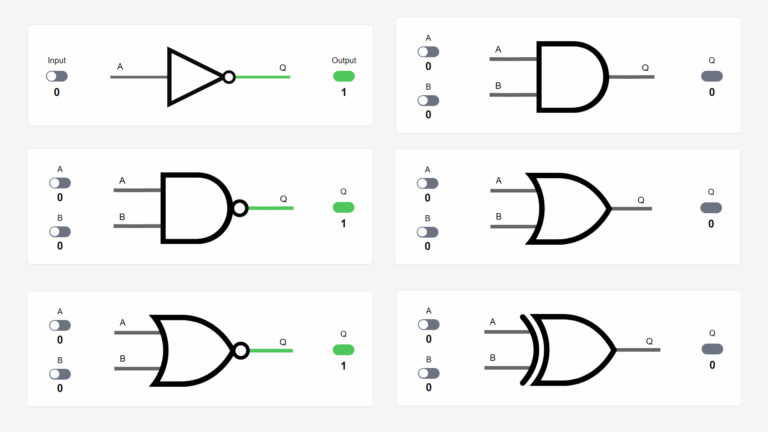
Logic gates interactive demo
The basic logic gates NOT, AND, NAND, OR, NOR, XOR, and XNOR are fundamental building blocks in digital circuits corresponding to Boolean operators.
Play with the switches to see how the outputs change! 😀

Though those two codes are logically equivalent, the right one infers a transparent latch, it shouldn’t be used for synthesis.
I don’t think it does, but I’m not 100% sure what the synthesis tools do all the time.
This will infer a latch:
process(InSig) is begin if InSig = '0' then OutSig <= '1'; end if; end process;This shouldn’t create any latches:
process(InSig) is begin OutSig <= '0'; if InSig = '0' then OutSig <= '1'; end if; end process;A link to the question:
https://vhdlwhiz.com/wp-content/uploads/2017/09/quiz_part-2-q6.png
Hi sir, You designed this course very well and advanced. I am happy to recommend this course to my friends.
I’m glad you enjoyed it! And thanks for taking the time to leave a nice comment.